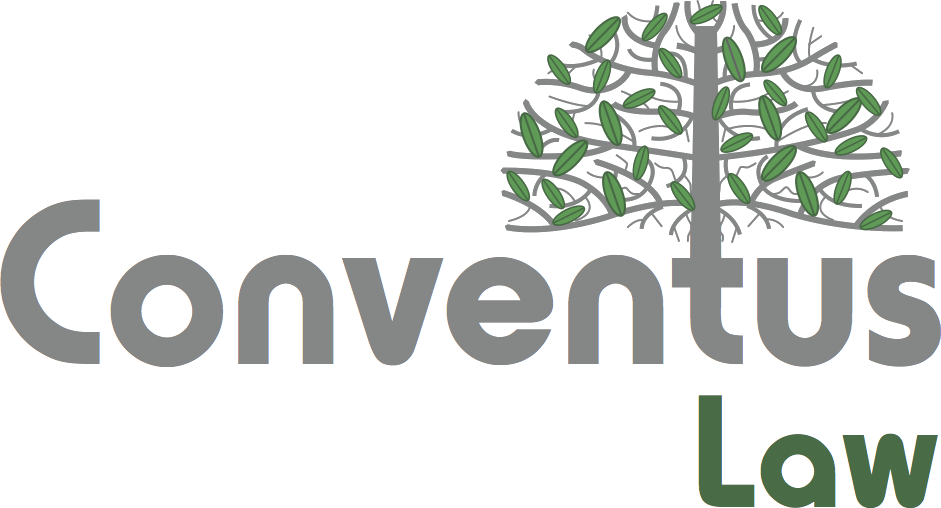I’ve learned a lot in my years as a writer in the legal data world. Like the difference between a lawyer and a paralegal; or that, in fact, cats aren’t involved in clawbacks; or how many exclamation points are too many exclamation points! (See? Too much.)
One of the lessons that’s stuck with me the most is a simple one: sometimes you just need to spell things out. This industry is swarming with definitions, abbreviations, tools, and abstract concepts. It’s a big hive of information, and whether you’re a newbie or a veteran, you need to figure out what you don’t know. Fast.
Don’t get me wrong. It’s crucial to be forward-thinking—we must anticipate industry and client needs in order to grow and stay ahead—but innovation also requires a firm foundation. In a fast-paced age like this one, where artificial intelligence has kept us on the tippiest of toes, it’s imperative to stay grounded.
If you’d consider yourself a few grade levels beyond the basics, we’re glad you’re here! Please feel free to deep dive into something catered to your specific interests like particle physics and generative AI, responding to a data breach in record time, or streamlining e-discovery translation.
But for those who need it, today, we’re going back to the basics.
AI and the Law: Key Definitions
Before we dip any more toes, here’s a basic list of relevant definitions.
- Artificial Intelligence (AI): the capability of computer systems or algorithms to imitate intelligent human behavior
- Generative AI: artificial intelligence that is capable of generating new content, such as images or text, in response to a submitted prompt by learning from a large reference database of examples
- Large language model (LLM): a language model that learns from an extremely large data set as a basis for predicting and constructing natural-sounding text
- Natural language processing (NLP): a type of AI that allows computers to understand human language
- Reinforcement learning: a type of training that tells the machine when it made the right decisions, which helps it learn over time what actions it should take
Welcoming Another New in the Legal Profession
The legal industry isn’t exactly known for its ability to adapt quickly to change. Unfortunately, legal professionals can be seen as a bit stuck in the mud. We saw this a couple of decades ago in the reluctant transition to online legal research tools—and we’ve seen it again in the more recent journey to acceptance of technologies like technology-assisted review (TAR), a tool that’s been around since about 2012. At each turning point, the industry would eventually subscribe to the newest tech and, in turn, see massive advancements.
Now, no amount of skepticism or defiance can ignore the relentless knocking of AI—and more specifically, generative AI—on your door. While, a few years ago, you might’ve asked if we would adopt it, now it’s a question of when. The legal industry and the world at large are being revolutionized by the many forms of this deep-learning technology. We’re seeing AI assistants like ChatGPT, Copilot, et cetera, help in the daily completion of tasks. Specialized AI solutions for legal are here too, created to be fit for purpose, specifically catering toward e-discovery and other use cases. Using natural language processing, these tools enable even the less tech-savvy lawyers to interact with large language models more intuitively and see their impact quickly—and the results are making waves.
Whether you’re excited or cautious about using AI for legal work, it can change the workflows of legal teams; save law firms time and money; allow firms to refocus organizationally; and redefine document review with new processes and tools. Soon, you’ll need generativeAI just to stay in the game.
The Argument for Generative AI
Okay, so you’re thinking: “Generative AI is inevitably looming. Great. Why should I be excited about this?”
Here’s why this technology could provide you with an advantage:
Generative AI is curing monotony.
Most workdays in any given legal role are filled with repetitive, but necessary, tasks. That’s hours and hours a day spent scanning, reviewing, researching, and more. It’s no wonder that one of AI’s most popular benefits among legal folk is its ability to take over many of these monotonous tasks.
Generative AI in Legal 2024, an IDC study commissioned by Relativity, found automating routine tasks to be the number one motivator for adopting AI, followed by cost savings; the automation of governance, risk, and compliance activities; and legal/contract analysis augmentation and assistance.
Generative AI can do it faster (and better?) than you can on your own.
If the sheer fulfillment of a more meaningful workload isn’t enough, generative AI is proving to be more accurate than manual review. When legal teams have large swaths of data to review for relevance in compliance exercises, investigations, litigation, and other Legal Data Intelligence tasks, AI can help get the job done much faster—without sacrificing accuracy.
Not only can generative AI take over the tediousness of reviewing, analyzing, and summarizing data; you can trust the results. Purpose-built tools like Relativity aiR provide their reasoning in natural language, along with textual citations to back up their findings. Then, you can interact with those results and fine-tune your prompts for more accurate future research.
While AI certainly still has its limitations and can never replicate the human instincts that make the overarching practice of law so nuanced, in the context of e-discovery and investigations, it ultimately performs with greater efficiency and cost effectiveness than traditional review teams.
Generative AI is the best thing that’s ever happened to document review.
If you’re reading this, it’s likely that you or your team regularly conducts document reviews of one sort or another. It’s also likely that using TAR and other machine learning technologies of past years have taught you how to properly validate document review technology. Now, you’re faced with this better, more accurate option—and you’re primed to pursue it.
According to the IDC study, document review is projected to be the number one task where legal professionals apply generative AI in the next year.
Generative AI document review tools allow you to:
- Review faster than ever before. Gen AI enables you to review more documents in a fraction of the time. Plus, it provides more consistent and accurate results than any other review method.
- Stay on top of your case. By allowing you to iterate and identify important information early on, gen AI provides insight into the case from the start.
- Understand each document. With clear and detailed explanations and relevant excerpts for every document analyzed, gen AI provides the transparency and information to validate outputs and confidently defend your results.
- Solve a wide variety of problems. Tackle a myriad of complex data challenges, leveraging generative AI every step of the way to cater to your unique matter.
More Time Doing What You Love
There’s a bigger picture here, one that looks beyond saving money or time and considers the essence of what so many of us look for in our work: enjoyment.
The assistance of generative AI grants legal professionals the freedom to focus on what really matters to them and their clients. With the help of AI, they’re no longer consumed by task-based work, but rather liberated to craft narratives, strategize, and complete the puzzle. Lawyers are getting their passion back.
In September, Relativity sat down with Alison Grounds, managing partner at Troutman Pepper Locke eMerge, to talk about her experience using Relativity’s generative AI-powered tool, Relativity aiR. When asked about how generative AI has changed her everyday work, Alison shared excitedly how it’s enabled her pivot back to what she really loves about being an attorney:
“You wouldn’t think of discovery or litigation necessarily as a creative art. I certainly can’t paint or even really draw. But creativity for me comes from architecting solutions and knowing enough about the underlying legal matter to then have a good approach for how we’re going to handle the data. So that creative use of technology, what’s in my toolkit? What’s really at issue? What do I already know, and what do I still need to know? This is where I think the fun is and where the human element is.” – Alison Grounds, Troutman Pepper Locke eMerge
And isn’t that the best way to keep a competitive edge? To leverage a tool that lets you genuinely love the work you do? To work with drive and excellence? Generative AI could give you that.






